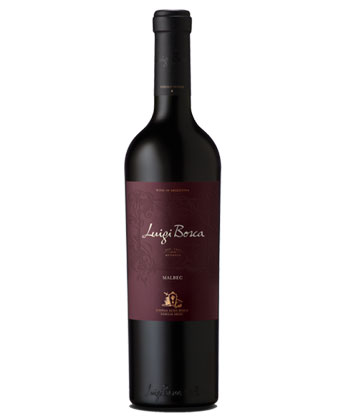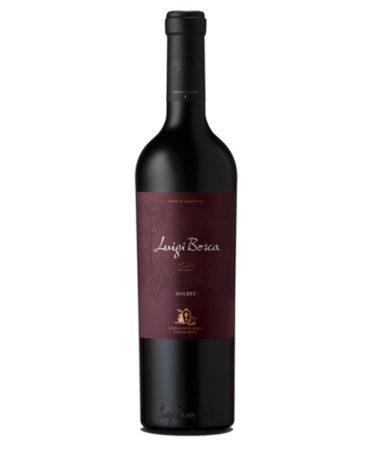By now, the story of Malbec in Argentina is well known: The red grape was transplanted from France, where it was (and is) the main variety in the Cahors appellation in the southwest, and a supporting player in Bordeaux and the Loire Valley, sometimes struggling to ripen and often producing grippy, tannic wines.
In Argentina, where it was first introduced in the middle of the 19th century, Malbec found perfect ripening conditions in high-elevation vineyards, not least of which was an abundance of sunshine. It became the country’s signature grape and is largely responsible for Argentina’s spectacular rise on the world wine stage in recent years. And for good reason, as Luigi Bosca’s exceptional 2017 Malbec demonstrates.

This $19 wine is a textbook example of why Argentine Malbec is so successful and popular, with its ripe, juicy fruit character and refreshing acidity that make it a pleasure to drink even though it has just been released.
With a dark-fruit core, this medium-bodied wine with 14 percent ABV also delivers complexity, with touches of tobacco and balsamic, and a hint of milk chocolate. Try it with grilled pork chops and steak, as well as burgers, and even pizza.
Luigi Bosca is Argentina’s oldest family-owned winery and one of its most famous wine producers. It’s located in the Lujan de Cuyo appellation in central Mendoza, where the rules stipulate that the vines must be at least 50 years old, a fact that contributes to the quality of the wines.
And so, with Luigi Bosca’s Malbec, we are also being treated to a wine from relatively old-vine Malbec grapes, which, in general, produce more concentrated wines. Not a bad proposition for under $20.
Also worth trying: Luigi Bosca’s 2018 Chardonnay, another estate wine that’s more Burgundian in character than Californian and well-balanced with apple, pear, citrus, and floral notes.
